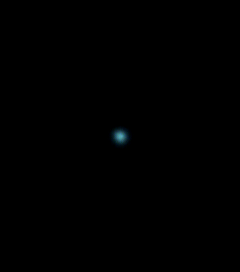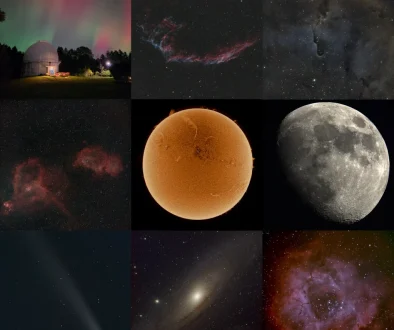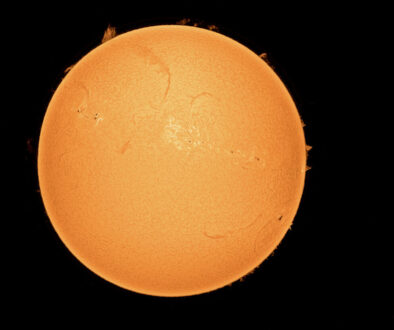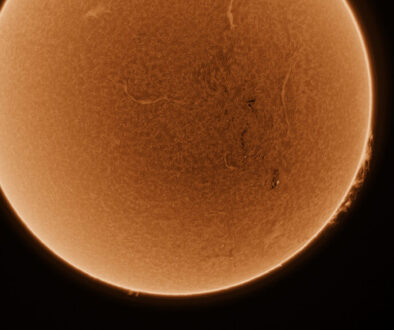My first planetary images of the season!
Less than 1 minute
Minutes
I had to stay up until 3am, but at last I was finally able to capture my first planetary images for the season!
Seeing was brutal for the most part of the night, with some low clouds that were disturbing my imaging session. In the last 20 minutes, when I was almost giving up, the atmospheric turbulence improved.
Notably, I visually saw a very bright passage of the ISS (International Space Station) at 10:44 pm EDT.
Around midnight a neighbour saw me and my telescope in my backyard and decided to join me and watch Saturn together!
Date: 2022-06-23
Location: Richmond Hill (ON)
Scope: Celestron 8 SCT
Mount: Celestron AVX
Camera: ZWO ASI224MC
Location: Richmond Hill (ON)
Scope: Celestron 8 SCT
Mount: Celestron AVX
Camera: ZWO ASI224MC
Filter: ZWO IR Cut filter
Finder Scope: Explore Scientific 8×50 Non-Illuminated Finder Scope
Focuser: Celestron Focus Motor
Software: FireCapture (best 20% of 60 minute videos), AutoStakkert!3 (AS!3), Registax, Topaz DeNoise AI, GIMP.
Software: FireCapture (best 20% of 60 minute videos), AutoStakkert!3 (AS!3), Registax, Topaz DeNoise AI, GIMP.
Jupiter with the NEB and SEB (North and South Equatorial Belt), a few outbreaks in the clouds and, obviously, the GRS (Great Red Spot).
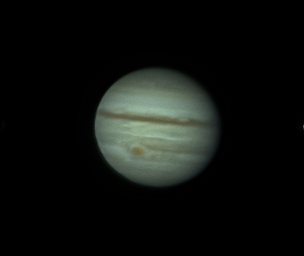
Saturn and its rings. The Cassini Division is clearly visible, as well as the C Ring (the wide and faint ring located inward of the B Ring), the B Ring and the A ring.

The ice giant Neptune. You can see the blue color but no details of the planets are visible nor its biggest moon, Triton. The distance of Neptune when I shot this image was 29.322 AU (4,386 million kilometers)!
